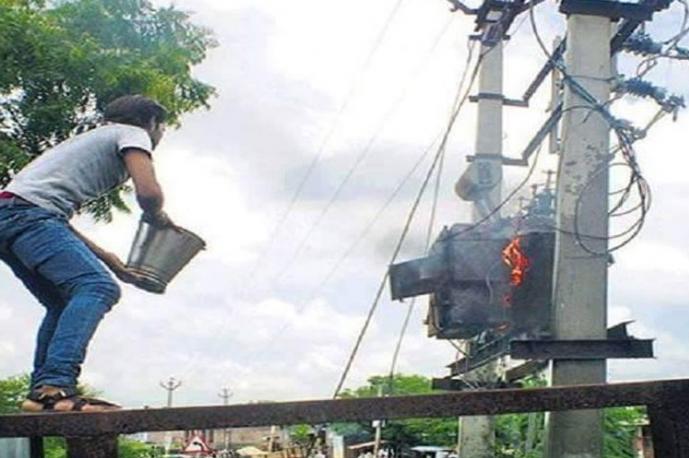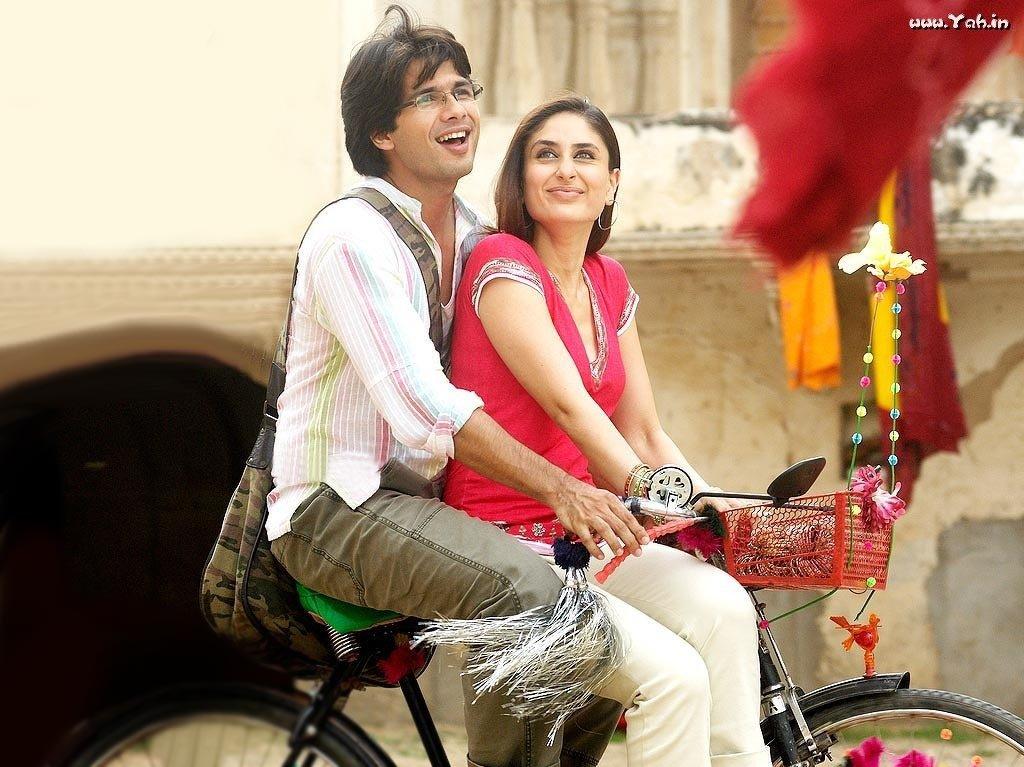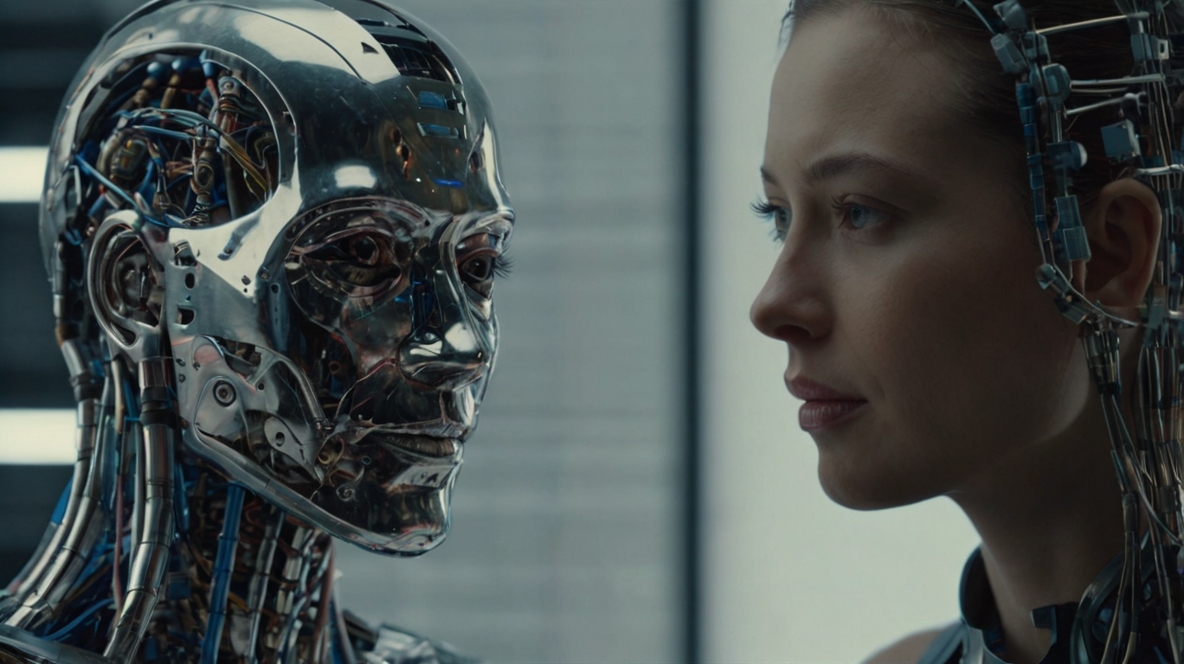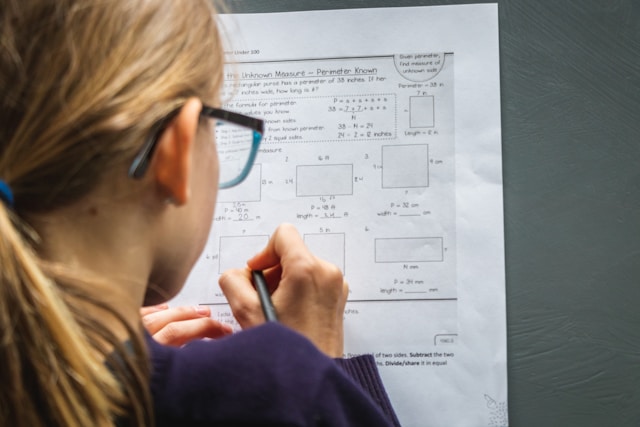
Ancient Egypt. It can evoke images of many things to many people – almost unbelievable command over architecture, royal dynasties, myths, lavish and opulent civilizations and cities that shine as examples of what the human spirit can achieve.
Probably the one thing that most people associate with ancient Egypt are the cities that have a history that goes back to hundreds of years ago. People all over the world get interested in the history of such cities. Small wonder then that just a few months ago, the world was drawn into the allure of Heracleion.
The Magnificent Heracleion
The story of Heracleion begins in the 12th century BC. The city was located pretty close to Alexandria and legend has it that it was named after Heracles, the God of heroes. In Roman mythology he is known as Hercules! Heracleion was known for many things including the Temple of Khonsou, who is known as the God of youth.


Somewhere during the sixth or seventh century AD, this city was beset by natural disasters and it sank into the sea. It would have been forgotten by the world were it not for the discovery made by Franck Goddio in the year 2000. This underwater archaeologist came upon some amazing monuments such as statues of pharaohs and even monolithic chapels. From here, the story of Heracleion is the stuff of fairy tale books indeed!


The world sees the culture!
In June this year, some of the magnificent objects found at the site were excavated so they could be put up for display. The team that performed this Herculean effort was a combination of Goddio and his team, the Department of Antiquities in Egypt and the Oxford Centre for Maritime Archaeology. This mammoth effort saw the teams actually assembling the colossal stone statues on the seabed itself and only then pulling them up to the surface.
Why is this discovery important?
Among many other things, this voyage of excavation has led to the discovery of 64 ships which holds the record for the biggest number of ancient vessels found in one site. A large number of sarcophagi and statues of pharaohs and Egyptian gods have also been discovered.

Imagine 16 feet statues and sculptures and even giant tablets lying calmly on the seabed, waiting to be discovered. Some of the statues are of the goddess Isis and God Hapi. There are also plenty of smaller statues of various Egyptian Gods.

There are plenty of smaller statues and artefacts that were found on the site and experts believe that this is an indication of “mass production” which is a truly amazing discovery indeed. These smaller artefacts also worship the various gods such as Horus and Osiris.
The site has also yielded gold coins which is an indication of the popularity of Heracleion as a trading center. This discovery has also led to Heracleion taking its rightful place in the list of important ports such as Constantinople and Athens.
In fact, the British Museum stated that the discovery of this site will also lead to an affirmation of it being an emporium which basically indicates its importance as a trading center. Think of the city called Naukratis, another ancient Egyptian city which had a powerful presence in the world of trade, and you can make the connection between Heracleion and trade.
While people feel that the city of Heracleion sank because of natural disasters, this find may throw a little more light on the reasons why Heracleion went below the surface of the sea. Mankind may also get a better understanding of how ancient maritime economy operated in Egypt.
Perhaps the other objects of interest are steles or pillars which have hieroglyphics inscriptions. Once the translations have been done, it can indicate even more about the civilization of ancient Egypt.
Heracleion in ancient history
Speaking of steles, Heracleion also finds mention in the Twin steles of Decree of Nectanebo I which connects this city to import taxes. In fact, the steles found at Heracleion bear a striking resemblance to the Naukratis stele which can be found in the museum at Cairo.
There have been quite a few references to this city even in ancient history. For instance, Herodotus was a fifth century BC historian talks about Heracleion and states that it was a prosperous port. He also says that this city played host to the beautiful Helen of Troy and Paris.
Other ancient historians who have talked about the city include Strabo and Diodorus. The latter was a Greek historian who is best known for his Bibliotheca historica and Strabo was also a Greek philosopher who is known for his extensive travels.
The many mysteries
Along with the findings of the monuments of the lost city of Heracleion, the world is trying to come to grips with many a mystery as well. For instance, when the team discovered the 64 ships, they also discovered that some had been sunk purposely. Theories abound as to why this was done.
The team also found a Greek Egyptian statue, weighing 4 tons and standing 16 feet tall, which is said to represent a Queen of the Ptolemaic dynasty. Such is the extent of mysteries excavated at the site that Dr.Franck Goddio believes that mankind will be researching for the next 2 centuries to understand this find.
Thanks to the seabed, almost all the monuments are in nearly pristine condition and this may make it easier for modern research to take the wraps off some of the secrets of ancient Egypt.
Interestingly, there is also a three-dimensional reconstruction of the city that is in the pipeline. This project is being worked on by the researchers who are hard at work on the site. At the heart of the city there seems to be the Temple of Amun Gereb. The city has also had an intricate network of channels or canals which led to its powerful status as a port.
Heracleion – it once stood mightily at the Mouth of the Sea of the Greek and today the modern world is getting a glimpse into the splendor that was part of ancient Egypt.
Image Courtesy
Frank Goddio/Hilti Foundation
Underwater Institute of Underwater Archaeology
Reuters







